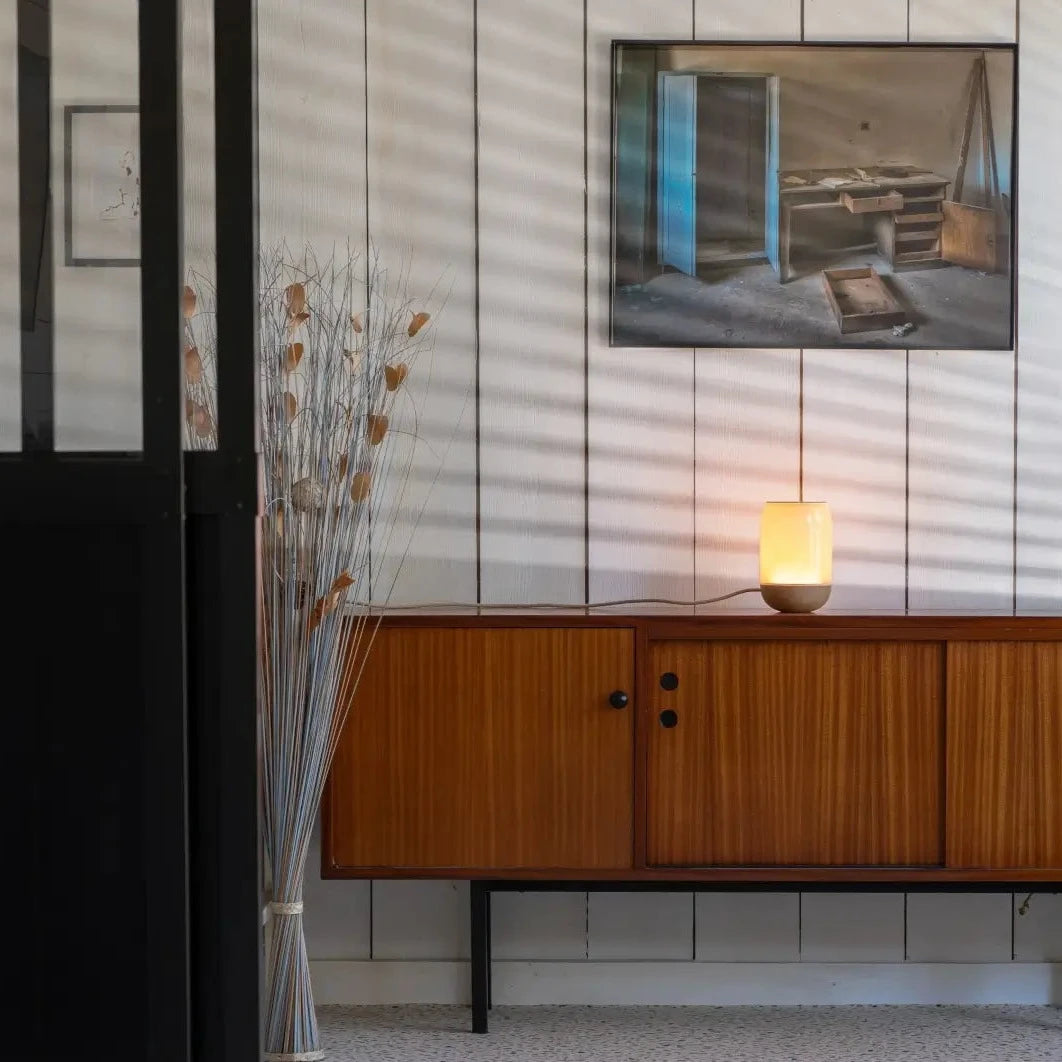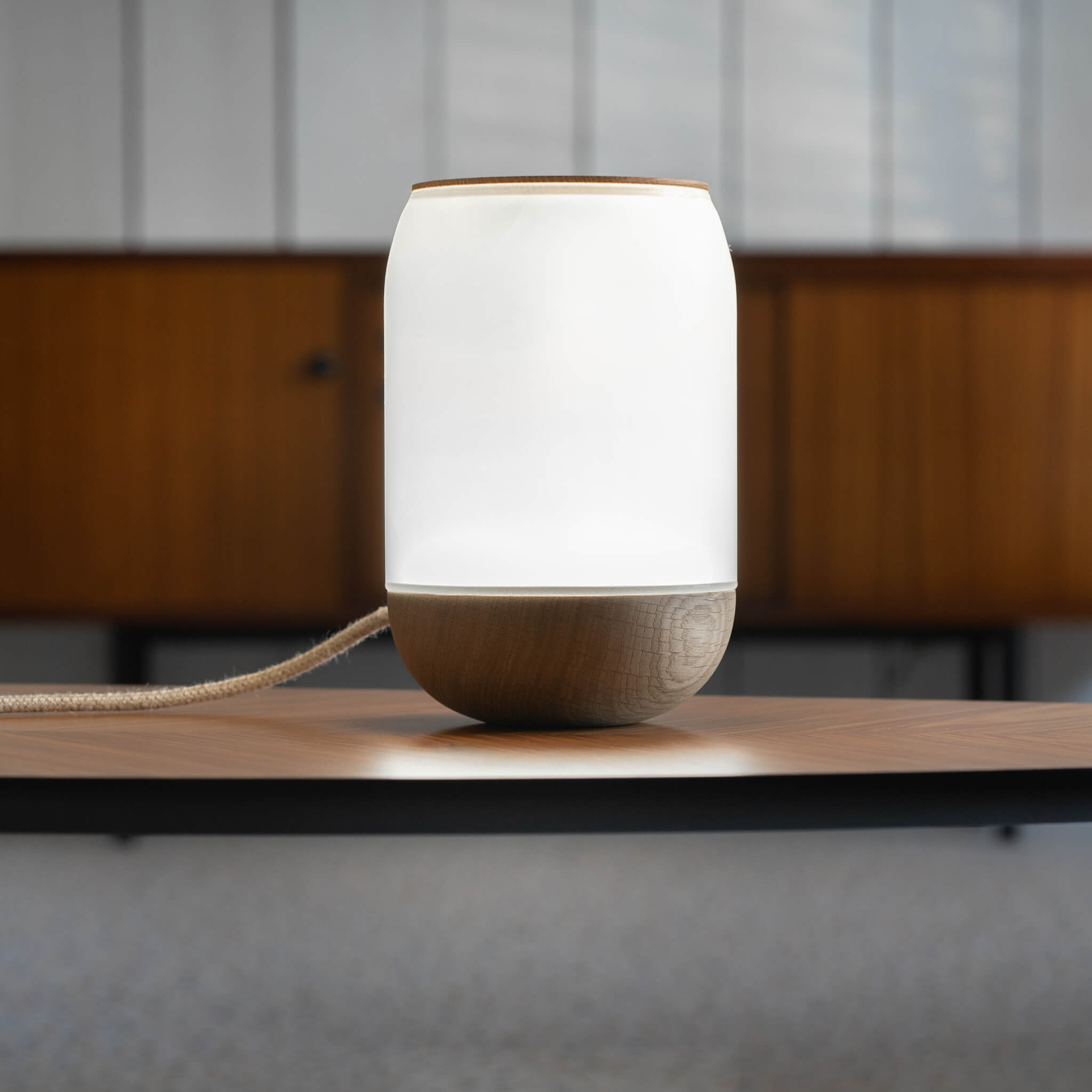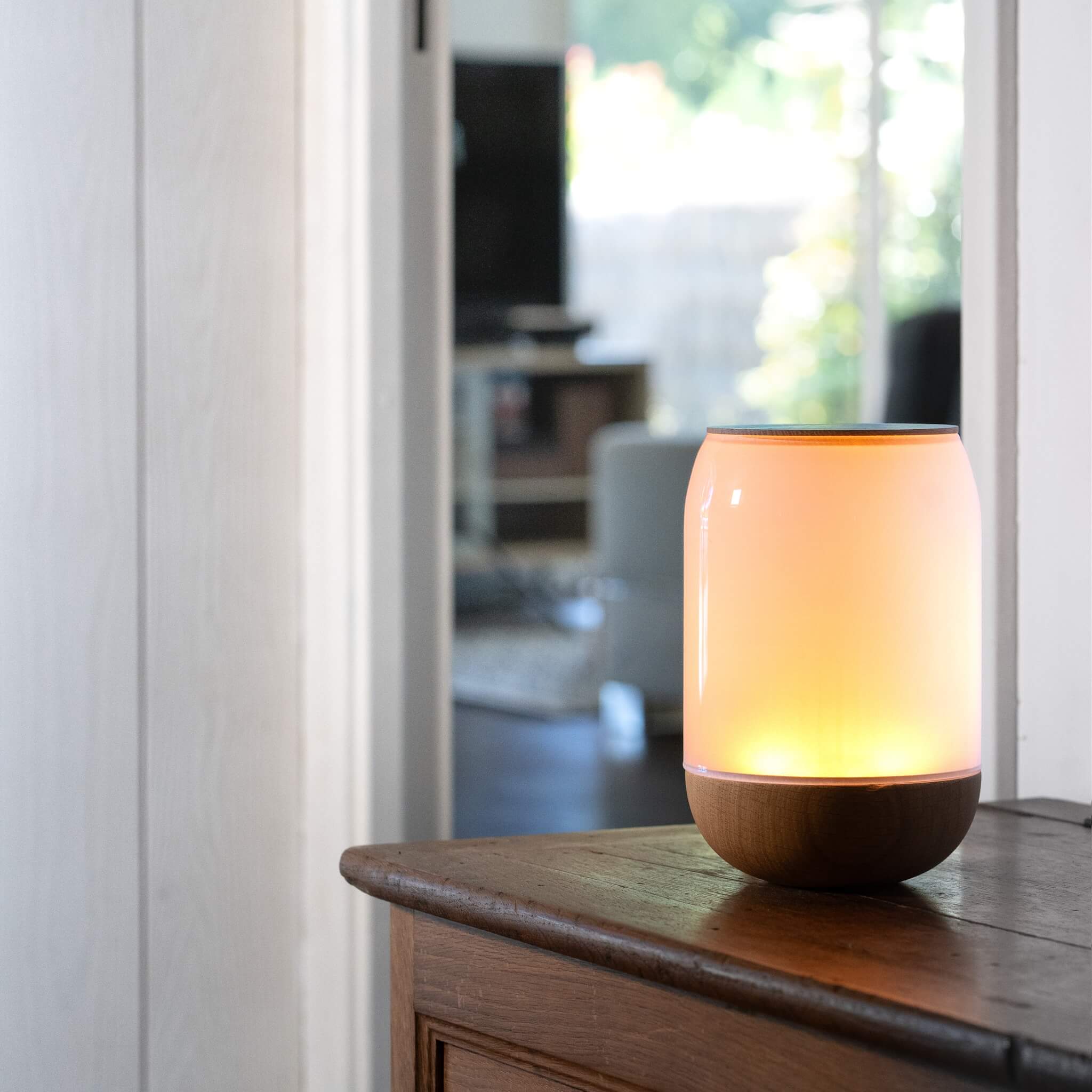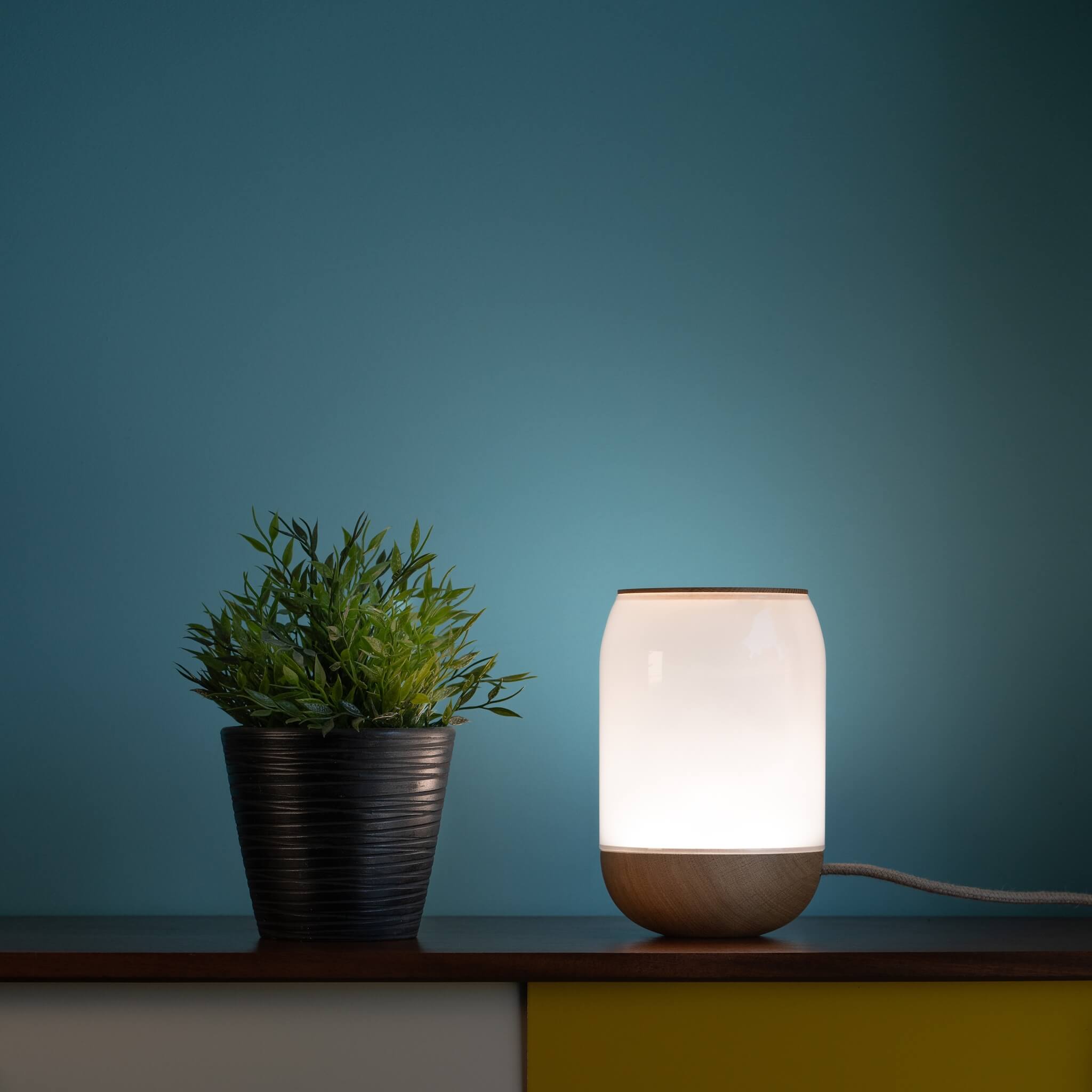Balancing natural light and artificial light can be a difficult task, especially when it comes to creating a welcoming and comfortable environment for indoor and outdoor spaces. While natural light is ideal for improving mood and productivity, artificial light helps create a functional and relaxing atmosphere. So let's explore some tips and techniques to help you achieve the perfect balance between natural and artificial light.
Understanding the characteristics of natural light
Natural light constantly varies throughout the day, depending on the position of the sun and weather conditions. Understanding the properties of natural light can help you plan the use of artificial light. The color temperature of natural light varies depending on the time of day, with cool (blue) tones in the morning and warm (orange) tones in the evening. Knowing this can help you select the right type of artificial light to complement natural light at different times.
Use direct lighting
Task lighting is a great way to add artificial light to a space without overpowering natural light. For example, if you have a reading nook in your living room, you can add a floor lamp or table lamp to provide targeted lighting to the area. This will help you read without detracting from the overall mood of the room.
Use dimmers
Using dimmers can help you adjust the brightness of artificial light to the intensity of natural light. This technique is particularly useful in the evening, when natural light is reduced or absent. Diminishing the intensity of artificial light can also help create a comfortable and relaxing atmosphere in your living space.
Choosing the right bulbs
Choosing the right bulbs for your lighting fixtures can have a significant impact on the ambiance of your space. The bulbs have different color temperatures, ranging from warm (yellowish) to cool (bluish). If you're looking to balance natural and artificial light, choose bulbs with a color temperature that matches the natural light in your space.
Consider natural light control
Natural light control systems such as blinds or curtains can help you adjust the amount of natural light that enters your space. This system is particularly useful in spaces where natural light may be too bright and cause glare or discomfort. By adjusting natural light, you can reduce the need for artificial light, creating a balanced ambiance.
Experiment and adjust
The balance between natural and artificial light is not an exact science. It takes experimenting and adjusting to find the right balance that suits your space. Don't be afraid to experiment with different lighting techniques and see what suits your needs best. You may find that changing the location or intensity of your artificial light can create a completely different atmosphere in your space.
It is therefore completely possible to create a comfortable and inviting atmosphere in your space using the right techniques and tools. To find out more, you can consult the characteristics of our auxiliary lamp and benefit from modular and customizable lighting according to your own rhythm.
















Leave a comment
All comments are moderated before being published.
This site is protected by hCaptcha and the hCaptcha Privacy Policy and Terms of Service apply.